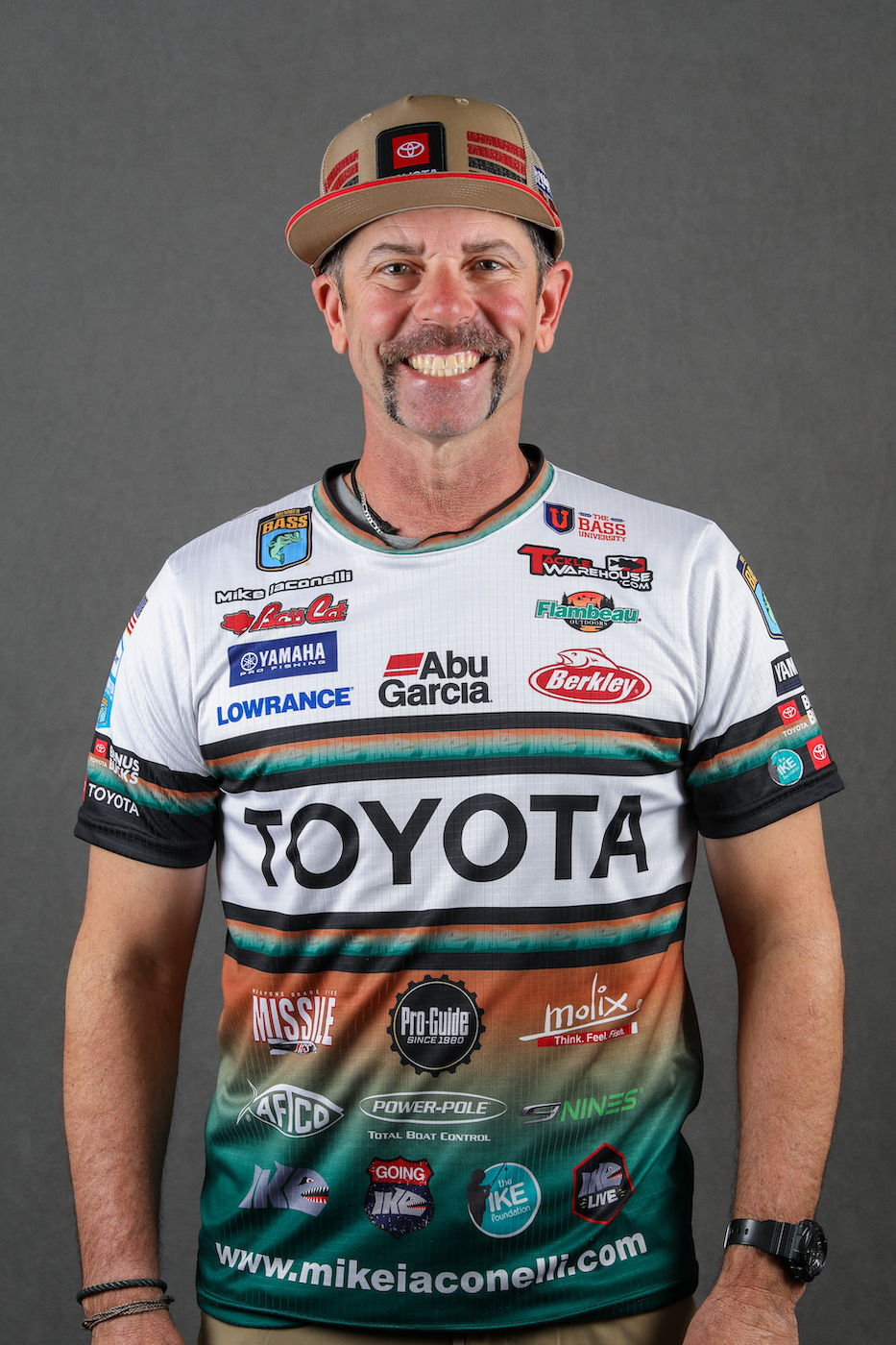
There’s a window of opportunity going on right now in much of the country. It’s a short transition between fall and winter. Even in the South, we’re seeing cooler nights and dropping water temperatures. Up here in the North, the water temps are in the low 50s and upper 40s.
During this brief phase, bass are keyed in on eating a big meal. It’s their last opportunity to put on some valuable weight. They sense that harder times are coming.
Now’s the time to throw a large bait that imitates the biggest forage prevalent in any fishery.
In many lakes throughout the country, that means gizzard shad. Right now, bass will readily wolf down gizzard shad that range from 5 to 12 inches in length. Depending on the body of water, that big bite could be a golden shiner, hitch, cisco, adult yellow perch, bluegill or even a sucker.
This is when I have a big glidebait tied on every time I go fishing. It appeals to the biggest bass in any fishery at a time when they’re prowling for a big meal.
I prefer soft glidebaits. There are a lot of good ones out there. I rely on Berkley’s Powerbait Nessie. It has a paintbrush trail, a mesh joint that allows it to flex and comes in 5-, 7- and 9-inch sizes. I opt for the 7- and 9-inchers at this time.
Soft glidebaits have several advantages. A big one is they are much less expensive than hard glidebaits. Handmade hard glidebaits can go for more than $100. They’re so expensive you’re scared to put them in the water. You can buy many excellent soft glidebaits for $10 to $20.
Besides affordability, soft glidebaits are lighter, so I can skip them better. And, unlike hard glidebaits, they’re collapsible. That makes them easier for a bass to engulf. And, most importantly, they do just as good a job of imitating big baitfish as hard glidebaits.
3 deadly glidebait retrieves
I like a straight medium to medium-fast retrieve, especially in clear water. With a soft glidebait, that’s all you have to do to impart the seductive “S” swimming motion. This tactic covers water fast and performs the S glide all the way back to the boat.
When the water has a little more color to it, and when the water temperature is closer to its winter lows, I give the bass more time to react by reeling super slow. That widens the S curve a bit. Every once in a while, I pause the bait so it suspends and drifts off.
The third retrieve I use is called chopping or deadwalking. I basically walk the dog with a glidebait underneath the surface similar to how you work a topwater stickbait.
I love this technique when I’m targeting a piece of isolated cover like a dock, laydown, boulder or patch of grass. Chopping a glidebait makes it stay near the cover longer.
Hot glidebait tips
Something I employ with all three retrieves is the 180-degree turn. I do this at some point during every retrieve whether I see a bass following the bait or not.
I make this happen by twitching the rod and then immediately bowing and throwing slack into the line. The glidebait responds by turning around 180 degrees and looking directly at any bass that’s following it.
The most effective way for a bass to gulp down a big baitfish is headfirst. The 180 maneuver triggers a strike because it gives a bass that ideal headshot. Most of my strikes happen right after I do the 180.
It’s really easy to get a soft glidebait deeper without hindering its S swimming motion. Simply add weight to the nose section of the bait. If I want to get the bait a little deeper, I jam a 1/16- to 3/16-ounce nail weight straight into its belly between the head and the front hanger.
To get the bait down 10 feet or more, I rotate a tungsten drop-shot weight onto the treble hook’s O-ring. Even with the additional weight, you can still impart the 180 trick.
Over the past few weeks, I’ve caught some really big ones up north where I live with soft glidebaits. Be sure to take advantage of this short window of opportunity.
You can learn more about how I fish glidebaits and other lures at www.mikeiaconelli.com or www.youtube.com/c/goingike.





